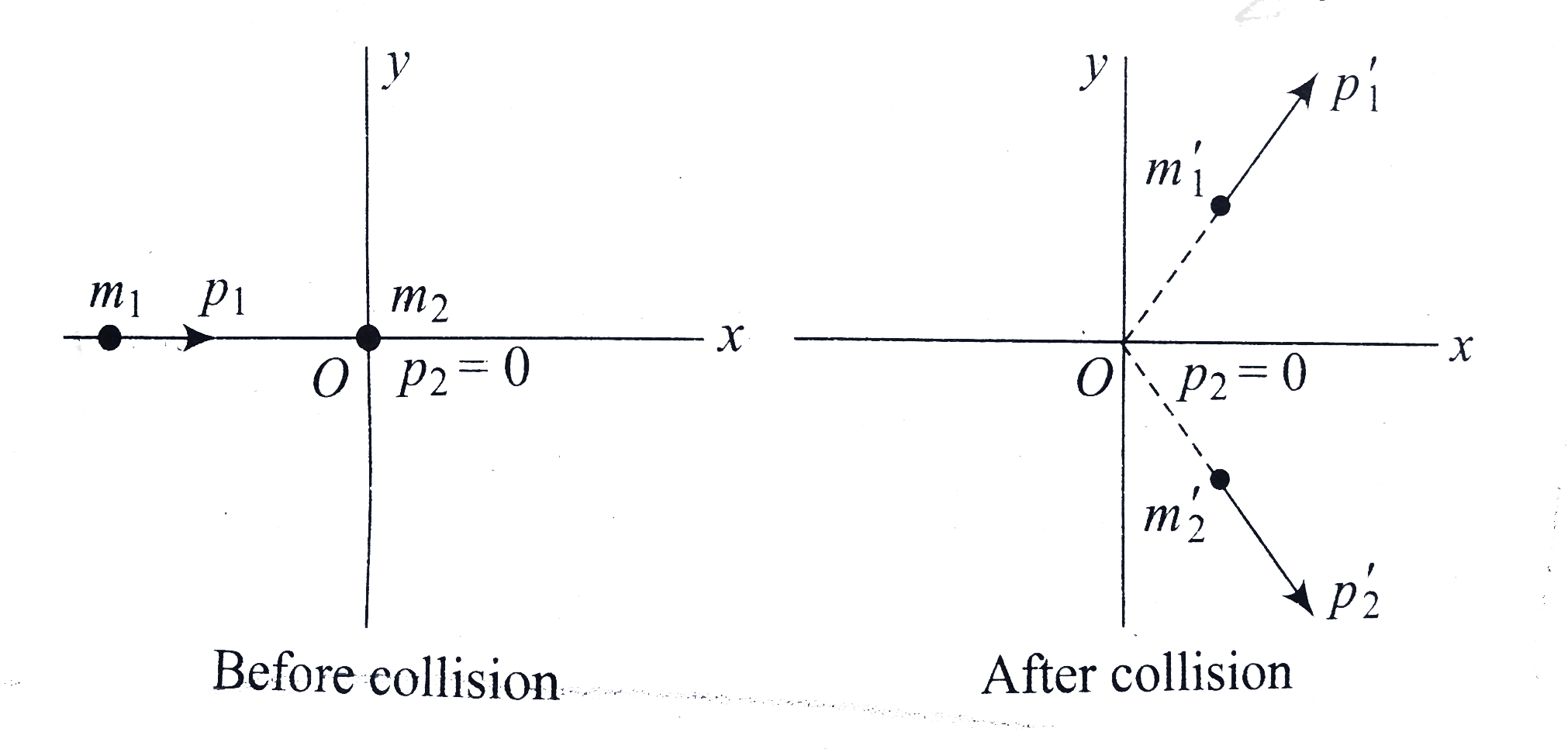Complete Solutions to Solved Examples of chapter NUCLEAR PHYSICS of Class 12 book with complete answers and questions
| Class 12 | PHYSICS |
| Chapter | NUCLEAR PHYSICS |
| CENGAGE PHYSICS | Solved Examples |
| Number Of Questions | 17 |
| Academic Year | 2023-24 |
The disintegration rate of a certain radioactive sample at any instant is `4750` disintegrations per minute. Five minutes later the rate becomes `2700` per minute. Calculate
(a) decay constant and (b) half-life of the sample03:01View SolutionThere is a stream of neutrons with a kinetic energy of `0.0327 eV`. If the half-life of neutrons is `700 s`, what fraction of neutrons will decay before they travel is distance of `10 m`? Given mass of neutron `= 1.676 xx 10^(-27) kg` .
03:43View SolutionThe binding energies per nucleon for deuteron (`._1H^2`) and helium (`._2He^4)` are `1.1 MeV` and `7.0 MeV` respectively. The energy released when two deuterons fuse to form a helium nucleus (`._2He^4`) is……..
01:59View SolutionSome amount of a radioactive substance (half-life =10 days ) is spread inside a room and consequently the level of radiation become `50` times the permissible level for normal occupancy of the room. After how many days will the room be safe for occupation?.
04:12View SolutionA small quantity of solution containing `Na^24` radio nuclide `(half-life=15 h)` of activity `1.0 microcurie` is injected into the blood of a person. A sample of the blood of volume `1cm^3` taken after `5h` shows an activity of `296` disintegrations per minute. Determine the total volume of the blood in the body of the person. Assume that the radioactive solution mixes uniformly in the blood of person.
(1 curie `=3.7 xx 10^10` disintegrations per second)04:32View SolutionAt a given instant there are `25%` undecayed radioactive nuclei in a sample. After `10 s` the number of undecayed nuclei reduces to `12.5%`. Calculate
(a) mean life of the nuclei,
(b) the time in which the number of undecayed nuclei will further reduce to` 6.25%` of the reduced number.03:34View SolutionIn an ore containing uranium, the ratio of `.^238U` to `.^206Pb` nuclei is `3`. Calculate the age of the ore, assuming that all the lead present in the ore is the final stable product of `.^238U`. Take the half-life of `^238U` to be `4.5xx10^9` years.
02:22View SolutionThe element curium `._96^248 Cm` has a mean life of `10^13s`. Its primary decay modes are spontaneous fission and `alpha`-decay, the former with a probability of `8%` and the later with a probability of `92%`, each fission releases `200 MeV` of energy. The masses involved in decay are as follows
`._96^248 Cm=248.072220 u`,
`._94^244 P_u=244.064100 u` and `._2^4 He=4.002603u`. Calculate the power output from a sample of `10^20` Cm atoms. (`1u=931 MeV//c^2`)06:42View SolutionIn a nuclear reactor `.^235U` undergoes fission liberating `200 MeV` of energy. The reactor has a `10%` efficiency and produces `1000 MW` power. If the reactor is to function for `10 yr`, find the total mass of uranium required.
06:16View SolutionA nucleus at rest undergoes a decay emitting an a particle of de - Broglie wavelength ` lambda = 5.76 xx 10^(-15)m ` if the mass of the daughter nucleus is 223.610 amu and that of alpha particle is `4.002amu` , determine the total kinetic energy in the final state Hence , obtain the mass of the parent nucleus in amu (1 amu = 931.470 `MeV//e^(2)`)
09:24View SolutionA radioactive element decays by `beta-emission`. A detector records `n` beta particles in `2 s` and in next `2 s` it records `0.75 n` beta particles. Find mean life correct to nearest whole number. Given ln `|2| = 0.6931`, ln `|3|=1.0986`.
08:53View SolutionA rock is `1.5 xx 10^(9)` years old. The rock contains `.^(238)U` which disintegretes to form `.^(236)U`. Assume that there was no `.^(206)Pb` in the rock initially and it is the only stable product fromed by the decay. Calculate the ratio of number of nuclei of `.^(238)U` to that of `.^(206)Pb` in the rock. Half-life of `.^(238)U` is `4.5 xx 10^(9). years. `(2^(1//3)=1.259)` .
03:59View SolutionWhat is the minimum photon energy required to remove the least bound neutron of `._(20)^(40)Ca` and `._(18)^(40)Ar` . The nesessary atomic masses (in `mu` ) are given below:
`{:(M(.^(40)Ca)=39.962591 u),(M(.^(39)Ca)=38.970719 u),(M(.^(40)Ar)=39.962383 ),(M(.^(39)Ar)=38.964314 u),(" "m_n=1.008665 u):}`04:29View SolutionConsider a body at rest in the L-Frame, which explodes into fragments of masses `m_(1)` and `m_(2)`. Calculate energies of the fragments of the body.
 04:18View Solution
04:18View Solution(a) Find the energy needed to remove a neutron from the nucleus of the calcium isotope `._(20)^(42)Ca`.
(b) Find the energy needed to remove a proton from this nucleus.
(c ) Why are these energies different? Mass of .`_(20)^(40)Ca =40.962278u`, mass of proton ` =1.007825 u`.08:06View SolutionWrite the decay equations and expression for the disintegration energy` Q` of the following decay: `beta-` decay,electron capture.
06:27View SolutionFind whether `alpha-` deacy or any of the `beta-` decay are allowed for `._(89)^(226)Ac`.
04:16View Solution
Solved Examples questions and complete solutions for chapter NUCLEAR PHYSICS of CENGAGE PHYSICS (HINGLISH) of Class 12
